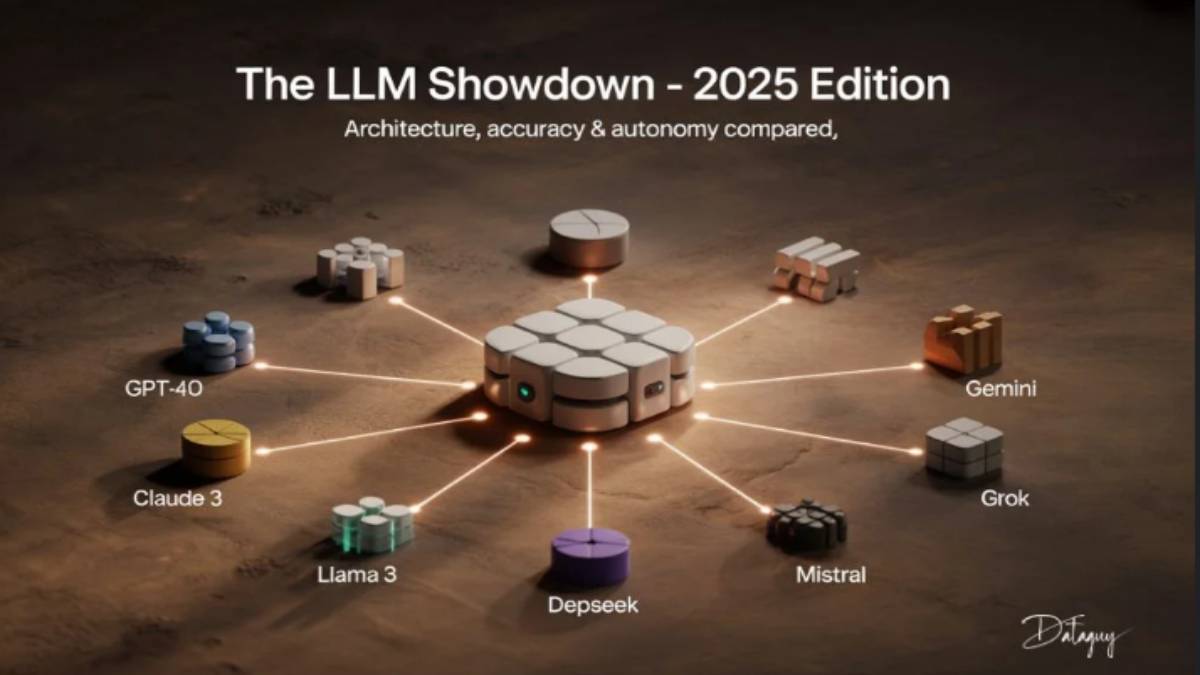Introduction The world of artificial intelligence is rapidly evolving, with new models offering groundbreaking features. Among the most discussed comparisons today is Gwen25 vs GPT-4O. For AI developers, choosing the right model means balancing accuracy, performance, flexibility, and resource usage. This guide breaks down the core features, strengths, and limitations of both Gwen25 and GPT-4O to help you make informed decisions.
What is Gwen25? Gwen25 is a next-generation AI language model developed with efficiency and minimal compute power in mind. It focuses on delivering high-speed responses, strong multilingual support, and adaptive fine-tuning capabilities. Its lightweight architecture makes it suitable for mobile, embedded, and edge applications.
What is GPT-4O? GPT-4O is the optimized version of GPT-4, designed by OpenAI. The O in GPT-4O stands for “omni,” reflecting its all-around capability to handle text, vision, and audio inputs. It is a more accessible, faster, and less resource-heavy model, ideal for developers seeking high performance with lower latency.
Gwen25 vs GPT-4O: Key Feature Comparison When evaluating Gwen25 vs GPT-4O, we must look at several critical areas:
Performance and Speed Gwen25 offers fast output generation with minimal latency, making it ideal for edge devices. GPT-4O, while slightly heavier, brings superior accuracy with quick, real-time processing suitable for server-side applications.
Natural Language Understanding GPT-4O excels in natural language understanding and context awareness, powered by vast training data. Gwen25, while competent, focuses more on modular deployment than deep contextual analysis.
Multimodal Capabilities GPT-4O shines in multimodal AI processing. It handles text, images, and even audio inputs. Gwen25 supports limited vision-text interaction but lacks full multimodal integration.
Memory Usage and Efficiency Gwen25’s architecture is memory-light, targeting low-power environments. GPT-4O requires more resources but delivers better comprehension and richer outputs.
Custom Fine-Tuning and Personalization Gwen25 allows local fine-tuning with lower overhead, ideal for enterprise users with data privacy concerns. GPT-4O uses cloud-based fine-tuning with extensive API support.
Developer Ecosystem and Tools GPT-4O is supported by a wide range of developer tools, integrations, and tutorials. Gwen25 offers basic support with a focus on lean SDKs and private deployments.
Training Dataset and Transparency GPT-4O uses a large proprietary dataset, offering high reliability. Gwen25 promotes open data principles and transparency in training sources, appealing to ethical AI advocates.
Real-world Use Cases
- Gwen25: Best for IoT devices, chatbots in constrained environments, embedded AI in consumer electronics
- GPT-4O: Best for enterprise-grade applications, content generation, advanced customer support, and research environments
Cost and Licensing Gwen25 is open-source or low-cost with permissive licensing models. GPT-4O, while available via API, comes with commercial pricing and usage tiers.
Security and Privacy Gwen25 supports offline deployments and on-device data processing, offering strong privacy. GPT-4O requires internet connectivity, with privacy depending on OpenAI’s backend systems.
Conclusion In the Gwen25 vs GPT-4O debate, each model serves different needs. Gwen25 wins in portability, privacy, and efficiency. GPT-4O leads in depth, multimodal capability, and developer support. Your choice depends on your project scale, data sensitivity, and compute resources.
FAQ Section
What is the main difference between Gwen25 and GPT-4O? Gwen25 is a lightweight AI model optimized for efficiency, while GPT-4O offers robust multimodal capabilities and high accuracy.
Is Gwen25 open-source? Yes, Gwen25 is generally open-source, offering flexible deployment and modification options.
Can GPT-4O run offline? No, GPT-4O typically requires cloud-based deployment and internet access.
Which model is better for mobile applications? Gwen25 is better for mobile and embedded systems due to its low memory and power usage.
Does GPT-4O support audio input? Yes, GPT-4O supports audio, vision, and text inputs, making it a powerful multimodal model.
Is Gwen25 good for multilingual tasks? Yes, Gwen25 supports multiple languages and is designed to handle global applications.
Can Gwen25 be fine-tuned on local machines? Yes, Gwen25 is designed for easy local fine-tuning, ideal for customized models.
Which model has better community support? GPT-4O has broader community and developer support due to its integration with OpenAI’s ecosystem
